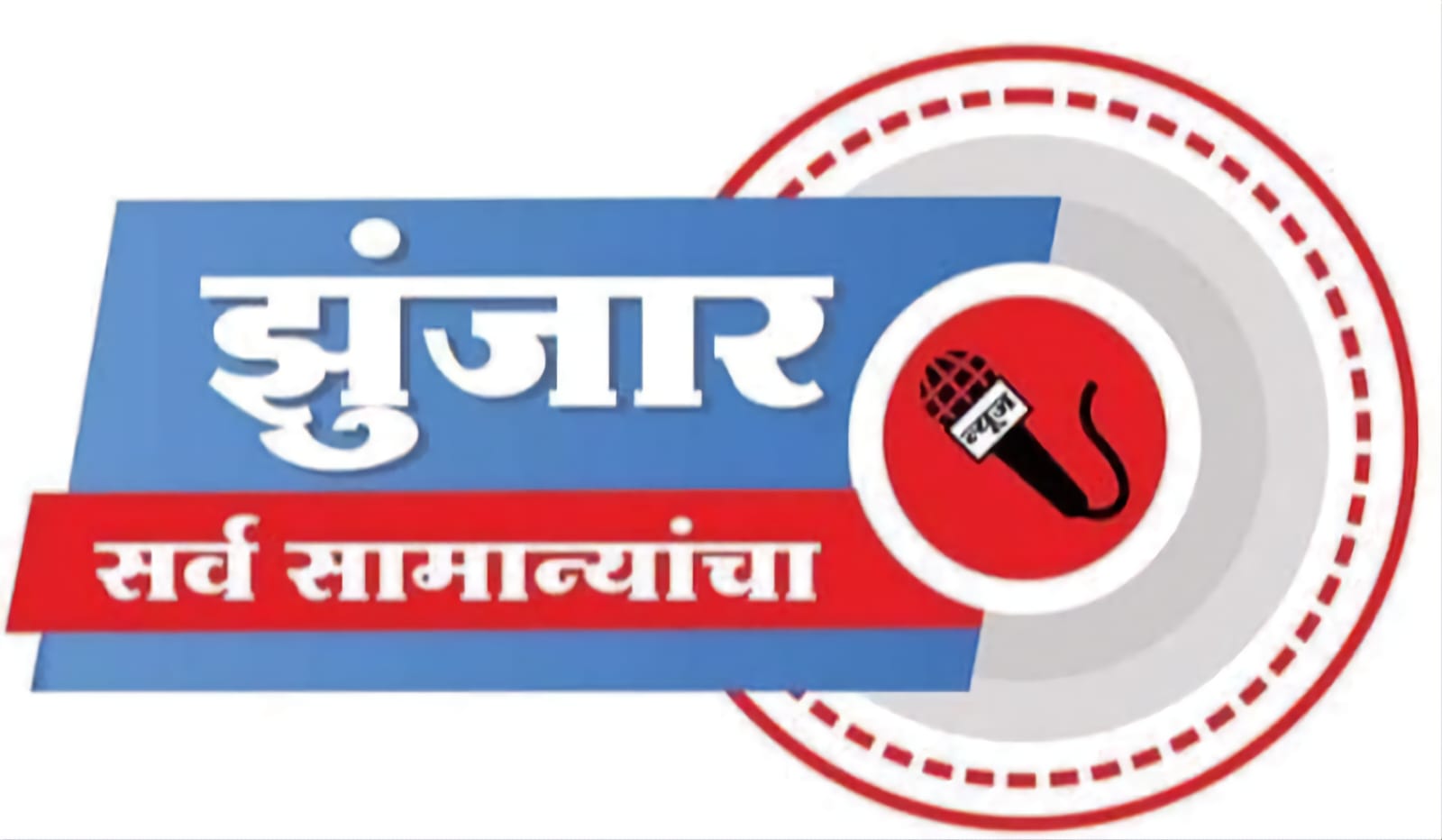From Sachin Tendulkar to Brett Lee every cricketer at some point of their career is troubled by the foot and ankle injuries
Dr Pradeep Moonot, Orthopaedic Surgeon & Podiatrist, Breach candy Hospital.
Health is one of the major concerns for sports persons who are most of the times prone to some or the other kind of injuries. And due to the repetitive pounding of the game, players have to endure to its brunt. With commonwealth games going on, IPL being round the corner, many injuries are succumbed as well.
Cricket is undoubtedly the most popular sport in India. It is a major international sport played in more than 60 countries. Although termed a non-contact sport, injuries in cricket are fairly common.
Direct injury to the foot is uncommon but is often seen when the ball directly hits the foot. Fast bowler Brett Lee was diagnosed with a broken foot following a fielding incident in a T20 international against India at the MCG. Cricket Australia team Doctor Trefor James said: “Brett Lee sustained a fracture of his right foot when he was struck by aball in the last over of his spell during the KFC T20against India at the MCG on Friday night.
The most common injuries are related to the foot and ankle, and the condition may take any time longer to recover as well.
- Heel pain – If players undergo training without proper warm up may be one of the reasons. This is the most common and the severest form of pain, any sportsperson may face-
- Plantar Fasciitis – is acute pain in the thick tissue (Plantar fascia) at the bottom of the foot that connects the heel bone and the toes occur when this tissue becomes swollen or inflamed. Ignoring this pain may result in chronic heel pain and can also change the way of walking. Also, people with very flat feet or very high arches are more prone to plantar fasciitis. If a person has a flat foot or weak and misaligned first toe, the pain is almost sure to occur. Weak foot muscles with high arch can contribute to the same that also lead to tight and shortened calf muscles.
- Achilles Tendonitis – Achilles is the large tendon connecting the two calf muscles with the back of the heel bone. Heavy pain is felt in the heel when this tendon is ruptured and can lead to ankle pain as well. This may be caused due to overuse, excessive running without warm up.
- Shin Pain– happens in the front and inner aspect of the shin due to imbalance between the calf muscles and the muscles in the front leg and can cause calf pain. This happens as a reason of inadequate stretches, over pronation (inclination of foot towards the ground).
- Stress fracture – It is a tiny incomplete crack in the surface of bone found usually in the lower leg of the foot. It is caused when there is a sudden increase in the volume of training. Stress fractures can be present in any of the bones comprising the foot, but fractures occur most typically in the metatarsals.
What should be done to relive pain?
Pain in the knee and heel should never be ignored. Consult a knee, foot and ankle surgeon immediately if any of the above symptoms persist after 1 – 2 weeks of rest along with basic ice treatment.
As the doctor will examine and confirm the required treatment.
You may require further investigations like blood tests and xrays. Blood tests may show low hemoglobin, iron levels or vitamin D3 levels. X-rays may show stress fractures of the metatarsals or the leg bone (tibia). Heel pain may be because of a stress fracture of the calcaneum.
If the x-rays are normal and pain persists, MRI may be required to assess the extent of the damage. This will also help in the assessment of the knee pain.
Medications – If your condition has developed recently, anti-inflammatory/ analgesic medication (in tablet form), coupled with heel pads may be all that is necessary to relieve pain and reduce inflammation. Stress fractures will require rest, analgesics and supportive treatment like a plaster or a walker boot for 4 – 6 weeks.
Non-surgical treatment
Along with rest, ice and compression, medical treatment is required to correct and abnormal blood levels like low haemoglobin and vitamin D levels.
Exercise and stretching – In case of heel pain, stretching is the best treatment as it helps to try to keep weight off your foot until the initial inflammation goes away. You can also apply ice to the sore area for 20-30 minutes several times a day to relieve your symptoms. Home exercises to stretch your Achilles tendon and plantar fascia are the mainstay of treatment and reduce the chance of recurrence.
In case of the knee pain, hamstring stretches and stretching of other tight muscles is an important part of the treatment. A supportive knee cap which reduces pressure on the knee cap may help.
Surgical treatment
Sometimes if the pain is not relieved by non-surgical methods or in athletes, surgery may be required for fixation of the stress fracture or knee key hole surgery (arthroscopy) for knee pain or the release of the IT band.
